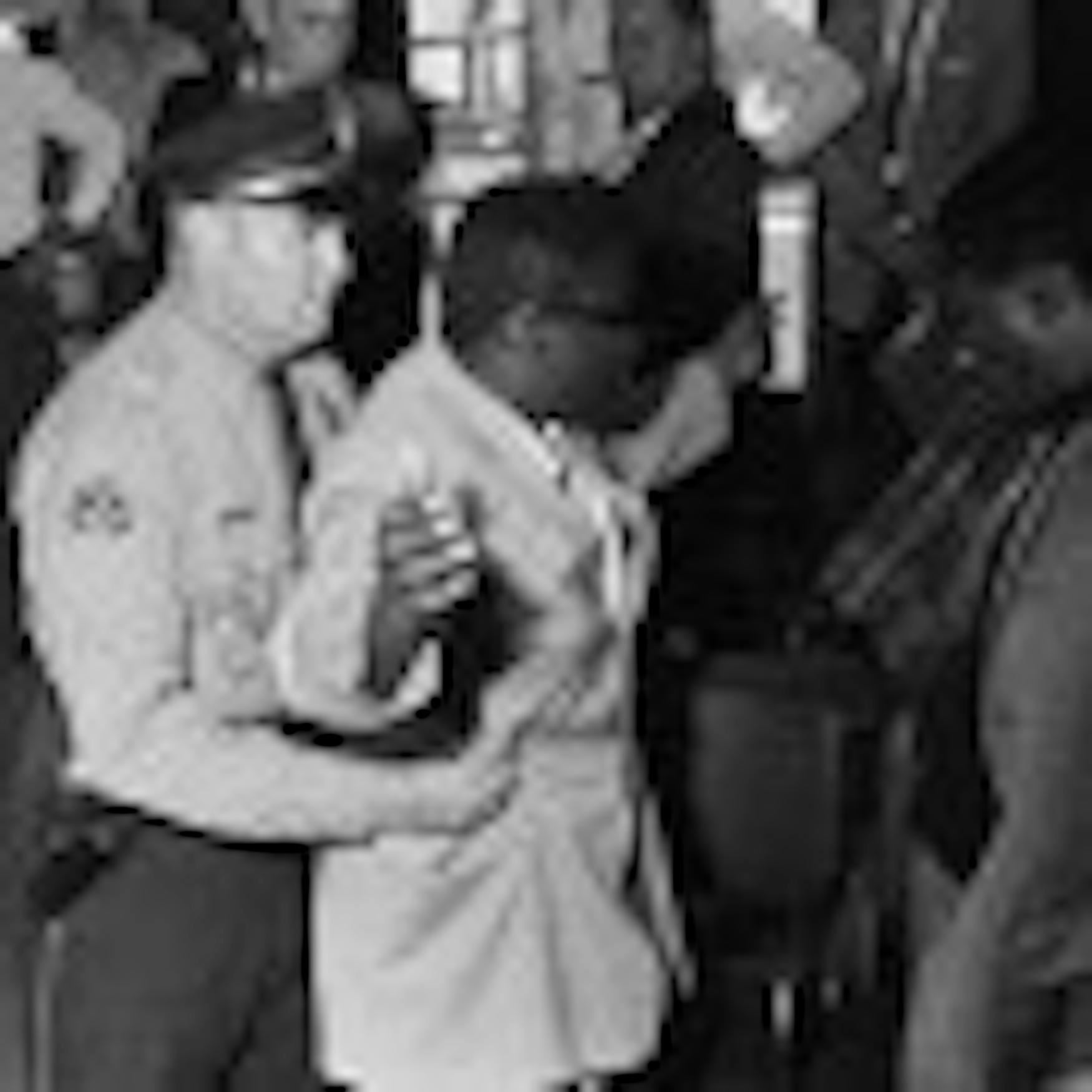Documentary tells of inspiring 1960s students
Documentaries allow film viewers to empathize with the plights of those involved in the truest sense of word, more so even than most other types of film, including historical dramatizations. Sitting in a darkened theater, surrounded by the sights and sounds of a story, the audience reacts simultaneously to the events depicted. This can create a very moving experience on the individual level. This is certainly true of Freedom Riders, a PBS American Experience documentary based on the book by Raymond Arsenault, that was presented by the American Studies department Thursday night in the Lown Auditorium. The film was created by the award-winning filmmaker Stanley Nelson, who was present to answer questions after the screening.Freedom Riders covers the history of the Freedom Riders movement, a civil rights crusade that occurred throughout the early 1960s. The idea for the first ride was conceived in 1961: A group of 12 college students, both black and white, would ride public buses together from Washington, D.C. to New Orleans. Today, this seems like a simple idea, but it was nearly unthinkable at the time. The case of Morgan v. Virginia had made mixed-race transportation legal in 1946, but no southern states upheld the law at the time the rides began. Black people were still forced to sit in the back of the bus, and any white people who chose to sit with them were viewed with equal animosity. The Riders thought they could predict the hatred they would face, but they were unaware of how truly hostile their opponents would become. However, a central belief of the group was nonviolence. No matter what happened, the Riders swore they would not react.
The organizers of the ride planned to take about 2 weeks to travel from Washington D.C. to New Orleans. At each stop the buses made, the group would get off and ask to be served at restaurants together instead of in the separate sections for whites and for blacks. They would stand in the same waiting areas and use the same restrooms. The participants were broken into two groups, one of which rode on a Greyhound bus, the other of which rode on a Trailways bus.
At the beginning of the trip the Riders encountered little backlash. This quickly changed, however, as they moved further south. Outside of Birmingham, Ala., the Trailways bus was stopped by an angry mob carrying pipes, bats and other weapons. As the crowd grew, the bus was firebombed, and the Riders were trapped inside. They were only let out after they had inhaled large amounts of smoke. Once off the bus, some Riders were beaten. In Freedom Riders one of the contributors to the documentary recalls tending to the injured passengers as the adults around her inflicted more damage.
As I was watching the film, I was struck by how committed the Freedom Riders were. Even after they were continually harassed and physically hurt, they still chose to "not give in to the violence," as Rider James Peck explained. Most of them dropped out of college to travel on the buses, often against the wishes of their parents. I wonder how many college students today would be willing to risk everything and put their futures in jeopardy to follow a cause that they believed in.
There was only more trouble following the bus bombing. The first 12 Riders couldn't make it to New Orleans by themselves. They faced such hatred and violence that, after repeated attempts to move forward, they were forced to board a plane to get home. This did not stop the movement, however. The Riders had gained a lot of press, and other students began forming their own trips. These Riders, too, encountered tremendous backlash, both from citizens and state governments. John Patterson, the governor of Alabama at the time, was a staunch segregationist. But even he could not control Birmingham's Commissioner of Public Safety Bull Connor. Connor, Patterson explains in the documentary, was racist to the point of near insanity. He made a deal with members of the city's Ku Klux Klan to make no arrests for the first 15 minutes that the Klan met up with the Freedom Riders, allowing them time to inflict great damage on the young men and women.
Freedom Riders features interviews with many of those who participated in the rides, most of whom are now in their 70s. The movement's ranks eventually reached several hundred members. The documentary also includes recollections from John Seigenthaler, a special assistant to Attorney General Robert F. Kennedy at the time of the Rides. Seigenthaler was the intermediary between the Freedom Riders, the federal government and state and local officials. He describes the Kennedy administration as focused solely on the Cold War in 1961.
The president thought of the struggles for civil rights as "a bit of nuisance," according to Seigenthaler. He just wanted the protests to end.This negative portrayal of the Kennedys is quite different from what is often remembered of the celebrated family. It was not until later in the decade, however, that JFK took up the cause of equality.
The best parts of Freedom Riders are the segments featuring the various Riders themselves. It is a privilege to be able to hear, in their own words, what these brave people went through and how it affected the rest of their lives. The soundtrack, which features many protest songs and spirituals of the time, is another strong feature of the film. This music relates well to the journey of the Riders as they traveled throughout the country, attempting to abolish the racism and bigotry that was a mainstay of the Southern way of life.



Please note All comments are eligible for publication in The Justice.